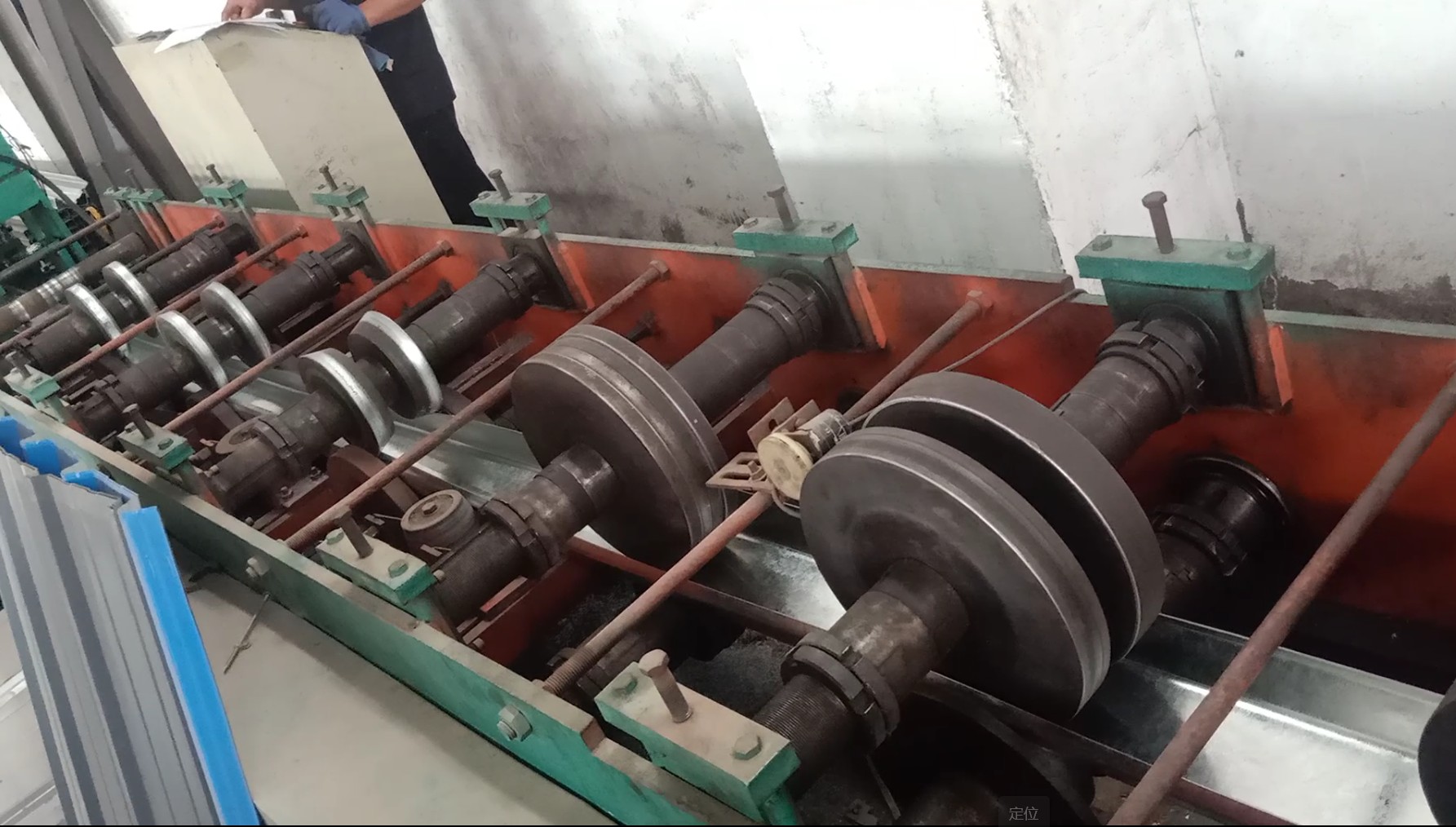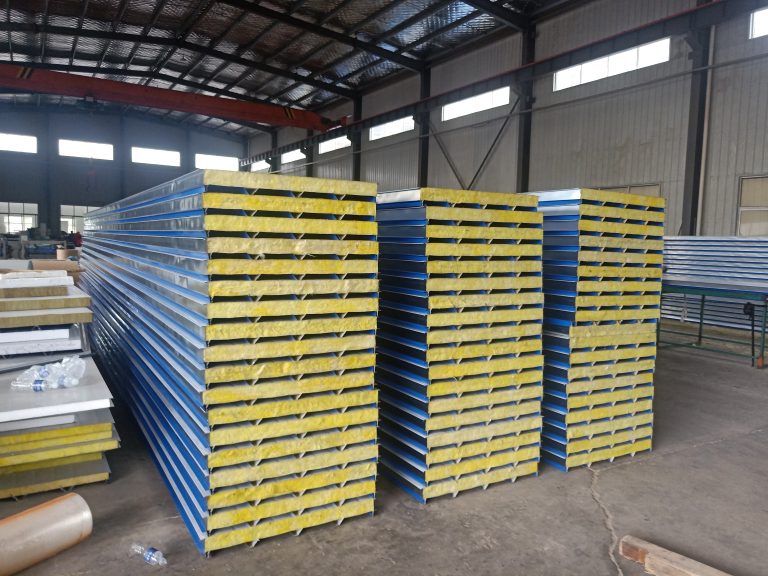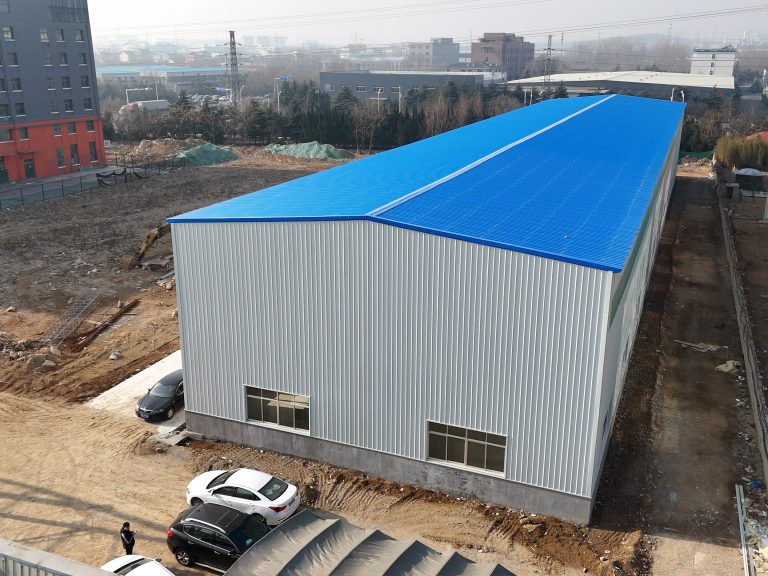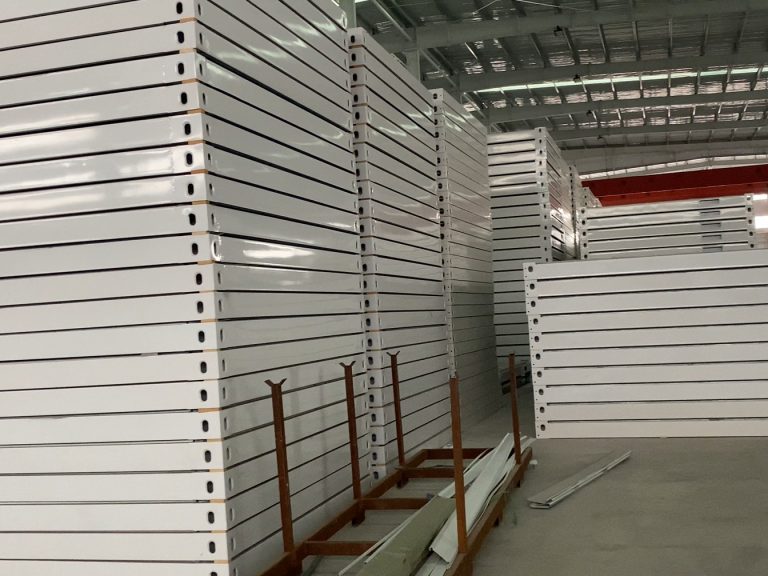Table of Contents
Strength Analysis of Box House Structure Design
Box house structures have gained popularity in recent years due to their modern and minimalist design. One of the key factors that contribute to the success of a box house structure is its strength and stiffness. In this article, we will delve into the importance of strength analysis in box house structure design.
Strength analysis is crucial in ensuring that a box house structure can withstand various loads and forces. The box structure design is inherently strong due to its geometric shape, which distributes loads evenly across the structure. However, it is essential to conduct a thorough strength analysis to determine the specific requirements for the materials used in construction.
One of the main considerations in strength analysis is the material properties of the box house structure. The choice of materials, such as steel, concrete, or wood, will greatly impact the strength and stiffness of the structure. Steel is known for its high strength and stiffness, making it a popular choice for box house structures. Concrete is also a strong and durable material, but it may require additional reinforcement to achieve the desired strength.
Another important aspect of strength analysis is the structural connections within the box house structure. The connections between beams, columns, and walls must be carefully designed to ensure that they can withstand the loads and forces acting on the structure. Welded connections are commonly used in steel box house structures, as they provide high strength and stiffness. However, bolted connections may be preferred in some cases for ease of construction and maintenance.
In addition to material properties and structural connections, the design of the box house structure itself plays a significant role in its strength and stiffness. The size and shape of the box structure, as well as the placement of walls and openings, can impact its ability to resist loads and forces. For example, a box house structure with a larger footprint may require additional support to prevent deflection and deformation.
Furthermore, the design of the foundation and support system is crucial in ensuring the overall strength and stiffness of a box house structure. The foundation must be able to transfer loads from the structure to the ground efficiently, while the support system must provide stability and resistance to lateral forces. Properly designed foundations and support systems are essential for the long-term durability of a box house structure.
In conclusion, strength analysis is a critical aspect of box house structure design. By considering material properties, structural connections, design elements, and foundation support, engineers can ensure that a box house structure is strong and stiff enough to withstand various loads and forces. A well-designed box house structure not only provides a modern and minimalist aesthetic but also offers durability and longevity for its occupants.
Stiffness Evaluation of Box House Structure Design
Box house structures have gained popularity in recent years due to their modern and sleek design. One of the key factors that contribute to the success of a box house structure is its strength and stiffness. In this article, we will delve into the importance of stiffness evaluation in box house structure design.

Stiffness is a crucial aspect of any structural design as it determines the ability of a structure to resist deformation under load. In the case of box house structures, stiffness plays a significant role in ensuring the overall stability and durability of the building. A well-designed box house structure should be able to withstand various external forces such as wind, snow, and seismic loads without experiencing excessive deformation.
To evaluate the stiffness of a box house structure, engineers often use finite element analysis (FEA) software to simulate the behavior of the structure under different loading conditions. By inputting the material properties, dimensions, and boundary conditions of the structure into the software, engineers can analyze the stress distribution, deformation, and overall performance of the structure.
One of the key advantages of using FEA software for stiffness evaluation is the ability to optimize the design of the box house structure. By adjusting the material properties, thickness, and geometry of the structure, engineers can fine-tune the stiffness of the structure to meet the desired performance criteria. This iterative process allows engineers to achieve an optimal balance between strength and stiffness while minimizing material usage and construction costs.
In addition to FEA analysis, engineers also conduct physical testing on prototypes of box house structures to validate the stiffness of the design. By subjecting the prototype to various loading conditions in a controlled environment, engineers can measure the deflection, stress, and strain of the structure to verify its stiffness performance. These physical tests provide valuable data that can be used to refine the design and improve the overall performance of the structure.
Another important aspect of stiffness evaluation in box house structure design is the consideration of dynamic loads. In addition to static loads such as gravity and wind, box house structures are also subjected to dynamic loads such as vibrations and seismic forces. These dynamic loads can significantly impact the stiffness and stability of the structure, making it essential for engineers to account for these factors in the design process.
By incorporating damping devices, bracing systems, and other structural enhancements, engineers can improve the stiffness of box house structures and enhance their resistance to dynamic loads. These design strategies help to ensure the safety and longevity of the structure while maintaining its aesthetic appeal and functionality.
In conclusion, stiffness evaluation is a critical aspect of box house structure design that directly impacts the strength, stability, and durability of the building. By utilizing advanced analysis techniques, physical testing, and innovative design strategies, engineers can optimize the stiffness of box house structures to meet the performance requirements and withstand various external forces. With careful consideration of stiffness, designers can create box house structures that not only look impressive but also perform exceptionally well in real-world conditions.






